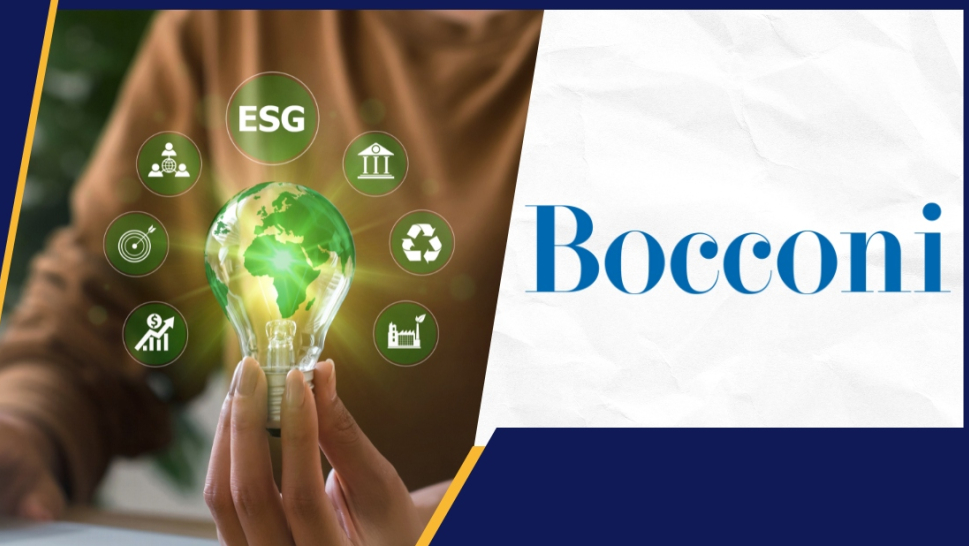This surge, from $300 billion in 2018 to $900 billion in 2021, reflects the growing importance of sustainability in business. However, this success brings challenges, such as the risk of "greenwashing," where bonds are falsely marketed as sustainable. This should invite us to critically reflect on the additional stakeholder often overlooked in financial markets: nature itself.
The allure of green bonds lies in their dual value - financial returns and environmental impact. While they may yield slightly lower returns than traditional bonds, investors are drawn to their potential for long-term environmental benefits. As green bonds are subject to rigorous monitoring, they also reduce the risk of default, adding another layer of security for investors. However, it’s crucial to ask whether these bonds genuinely serve nature or merely align with market trends.
As the market for green bonds evolves, standardization and transparency will be vital to ensuring they contribute to the broader goal of environmental sustainability. Policymakers and stakeholders must work together to ensure green bonds not only meet financial and ESG targets but also protect nature as a key, yet silent, stakeholder in our global economy.
READ THE ARTICLE HERE
And learn what executive managers think of Green Bonds!





